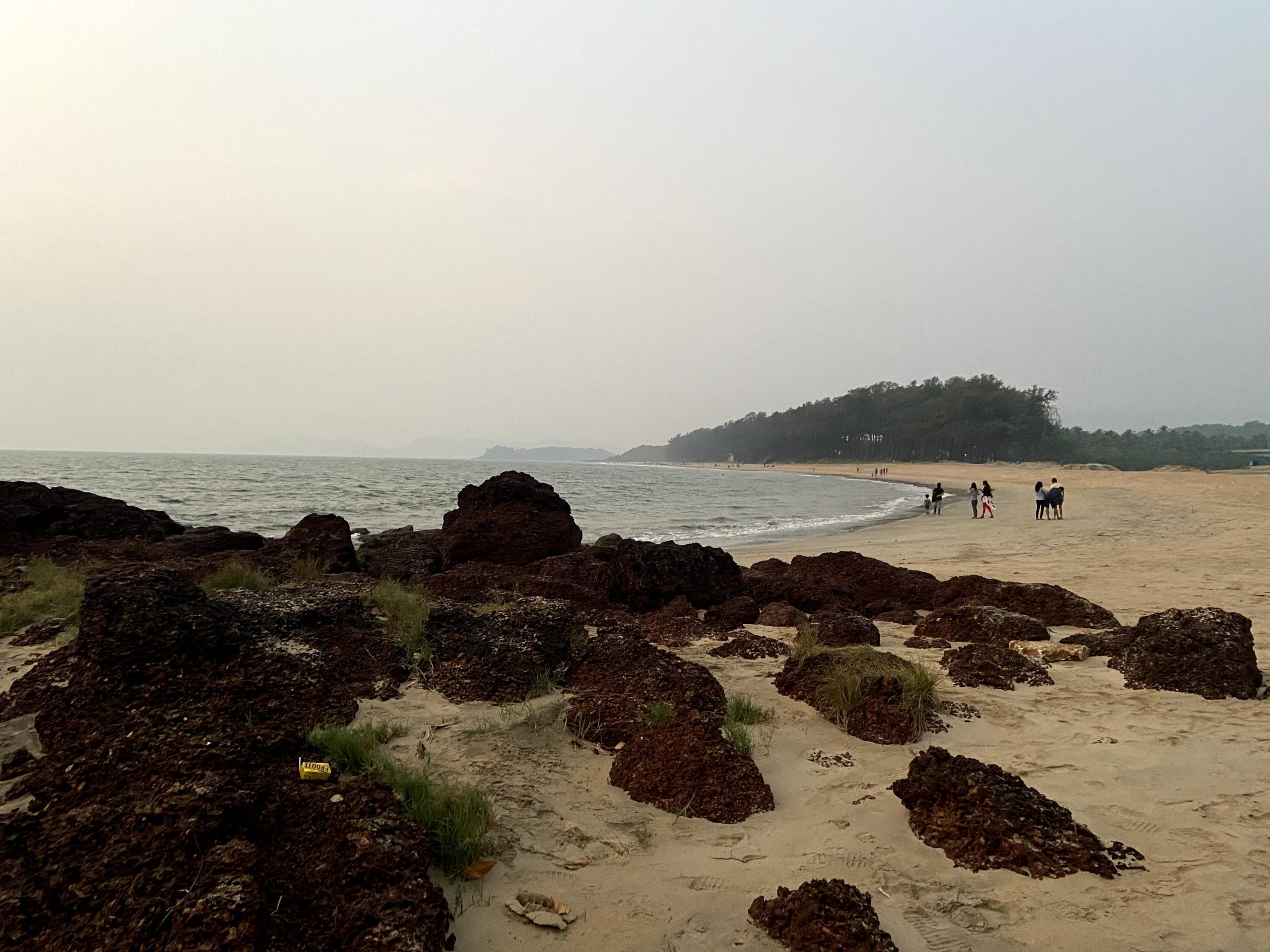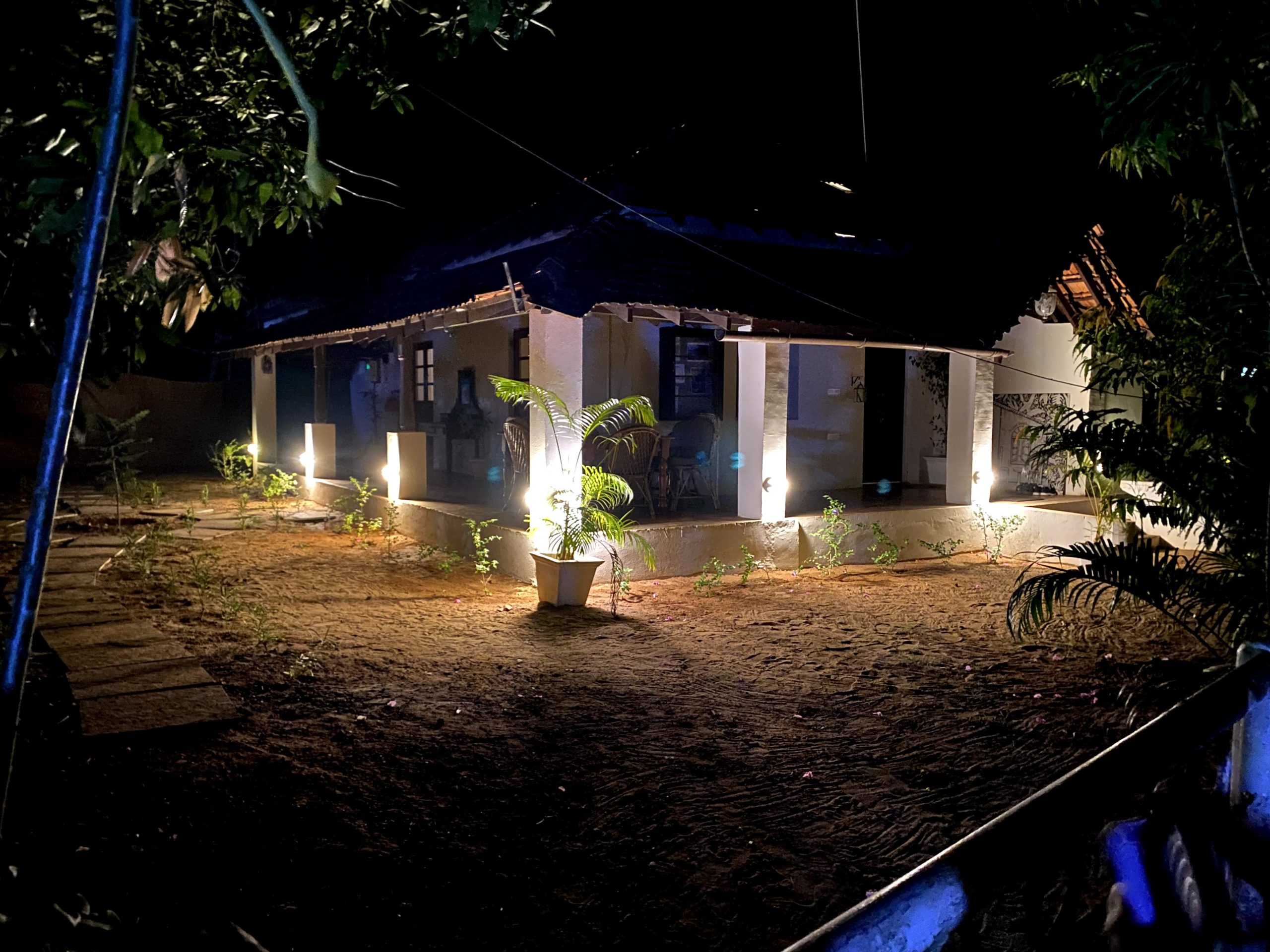Holidaying in COVID-Times
“Jobs fill pockets, but adventures fill souls”
Enough has been said and described the year 2020, isn’t it? The good, the bad, and the ugly. One thing that most of us missed during the year was going on our quarterly or yearly travels and trips. Gone were the times when our social media pages were flooded with picturesque images from Santorini or the adventurous videos and boomerangs from Auckland and Dubai. No more photographs from parents who loved to share photos of their young kids hugging Mickey and Minnie Mouse, or enjoying their fairy tale moment at Disney Land.
While it was precautionary and practical to avoid travel during these times, people still wanted to step out of their homes to travel. Though this was not possible in the first 7-8 months of 2020, India opened up its state borders for tourism and travel as the covid numbers began to drop drastically, triggering a different kind of travel – COVID-times travel!
What Was Different?
While most people were sceptical, youngsters in the country found their way to travel and stay safe. While flights began operating, a large number of people head to the Northern states to enjoy a crowd-free, snowy winter holiday. Popular destinations included Manali, Auli, Mussoorie, Lansdowne and other tourist spots in the states of Uttarakhand and Himachal.
A section of people also planned their trips to the Eastern states of West Bengal, Meghalaya and Sikkim where they were welcomed by white snow and warm hospitality. People down in the Deccan Plateau preferred to go to nearby towns and cities with Goa, Pondicherry, Munnar and Ooty being the crowd favourites.
Wondering what’s different? Well, what differed in these trips in 2020 were the fact that people decided to either take flights to their destinations directly, while most preferred to drive down in their own private vehicles. Compared to the railways, flights were safer and much affordable than they were in the pre-covid era. Driving your own vehicle meant no mingling with others during your travel, creating a sort of safe bubble for people and their loved ones.
COVID-Safe Stay Options
While getting to the destination was based on people’s comfort and risk-taking ability, one thing that was common throughout the country’s COVID travellers was their choice of booking entire properties through portals like Airbnb. By opting to book entire homes bungalows, flats or properties, people made sure they kept their interaction with other people outside their safe bubble to the minimum and in some cases, to an absolute zero.
Most properties had covid-safe measures in place, many disinfecting their properties between two groups of guests to prevent any infection transmission. Resorts took necessary measures to make sure two groups of guests never came in close proximity with each other.
My COVID- Safe Travel Diary
Being a millennial who saves up for yearly trips and vacations, we did feel dejected when we had to cancel a few trips that were scheduled in the middle of the year. As months passed, we felt more confident in undertaking a short 5-day holiday to our favourite destination– Goa! Too cliché? Well, we thought so too!
However, contrary to our regular stay at popular beaches Calangute or Baga (which we presumed would be crowded), we head 100 km South of Panaji, to the Southernmost tip of Goa, 20 km from Karwar, to a little hamlet called Galgibaga in our private vehicle. This village has its own 3-4 km stretch of a white sandy beach, called the Galgibagh beach, touted to be among the very few pristine beaches remaining in India.

Photo Credit: Dr. Meenakshi Maruwada at Galgibag Beach, Goa
One of the primary reasons that have kept this beach free from the regular party-goers and revellers that Goa is known for, is the fact that the beach is a nesting ground for the Olive Ridley Turtles, that come to the beach to lay eggs between October and March, and is, therefore, a protected beach under the Forest Department of Goa.
We used the popular portal Airbnb to book a vintage house with two rooms, that was comfortable and cosy. The house was decorated with memoirs of the family that owns it, which gave it an old-world charm. This family-owned home featured a peaceful verandah overlooking the garden, where all you could hear was the sound of your breath(thanks to the deafening silence that the village had!) and church bells from the adjacent compound.

Photo Credit: Dr. Meenakshi Maruwada at Casa Galgibaga
While booking our stay, one of our top priorities was to visit a place that would have less or no people. Casa Galgibaga that we stayed at was one of the very few near 5-star accommodation options in the village. While booking, we knew we weren’t going to find many dining options nearby but, we were pleasantly surprised when we found two wonderful shacks that served delicious food all day long.
We were pleasantly surprised to find the 3-4 km stretch of the beach with just a few village folks, two lifeguards and us! We had to follow all COVID-rules wherever we went. Infact, our property owner mentioned to us how the village folk were very strict about covid rules such as using sanitisers, masks in public places and maintaining 6-feet distance. Amazing isn’t it? We thought so too!
Getting away from the hum-drum of a bustling city like Mumbai, finding no people and absolute peace was priceless on this COVID-safe travel. It brought us to think about how our minds work in the noise, crowd and pollution of our megacities while people in small villages and hamlets lead the best quality of life we can only imagine. A beautiful boat ride, unbeatably fresh seafood, and lots of time with my husband and friends( who I had gone with) helped me gain a totally different perspective of life.
COVID-safe travelling was infact, refreshing, magical, and absolute bliss!